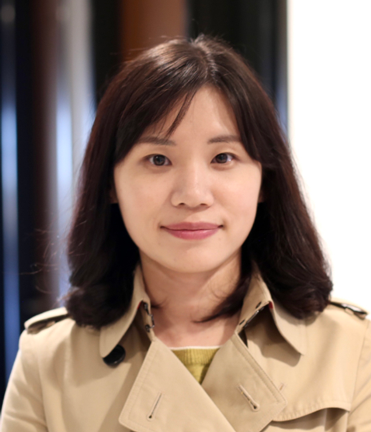Lang prof examines what motivates donors to give to causes abroad as well as locally

When choosing where to give our charitable dollars, are we more likely to select the organization in our neighbourhood or across the world? While any giving is great, associate marketing professor Dr. Saerom Lee’s latest project, “How Public Recognition Leads Consumers to Help Distant Others,” is focused on helping the more distant organizations understand the motivations of donor for an even greater impact. A recent recipient of a SSHRC Insight Development Grant, the study aims to help these organizations make the most of their outreach efforts. “Ultimately I wonder how marketers in these non-profits or social ventures can use marketing strategies to ignite these motivations inside the consumers,” says Dr. Lee.

To explore how people choose their causes, Dr. Lee will conduct a series of experiments inviting participants (university students and online panels) to see themselves as potential donors and then experiment with various marketing interventions to see which ones are more powerful motivators. She’ll use charities both hypothetical and real-world ones to test how participants react to the different marketing strategies. She will also look at both constant outreach such as long-term child sponsorships, as well as emergency outreach such as calls to support victims of natural disasters such as earthquakes.
For any charitable giving, there are many factors that motivate donors, from self-concept as an individual or social considerations such as identifying with the group or cause. Dr. Lee has already explored many of these in past research. “In my earlier research, I looked at both internal drivers for consumers, such as identity or emotions, and external drivers, such marketing to peers or types of organizations,” she says.
For this project, Dr. Lee is particularly interested in exploring the influence of public recognition on donations. She says there have been conflicting findings in the existing studies, as some people care more about their social image than others.
“Some people are more reluctant to give when there is public recognition, some people are more willing to keep when there is public recognition, so we want to figure out whether it will motivate the consumers to donate more to a particular type of recipient,” she explains, adding that she may also explore other marketing interventions such as advertising appeals or emotional connections.
Underlining the need for this focus on distant organizations is the fact that people often help those that are similar to themselves or in their community, for example to donate to a local food bank rather than a hunger appeal abroad. But they can also be swayed with the right marketing tactic. “That has been demonstrated in my previous research, and it’s actually a known effect, but there can be some conditions where people can be more motivated to support more distant others such as the economic conditions or other kinds of social conditions. I want to figure out whether there can be interventions that marketers can adopt to influence people to support the distant others.”
Finding ways to motivate donors to consider a variety of causes also fits into Lee’s overall research goal to encourage organizations to contribute to social wellbeing. “I hope that marketers can use the insight from my research in developing better marketing strategies targeting different groups of supporters,” she says.